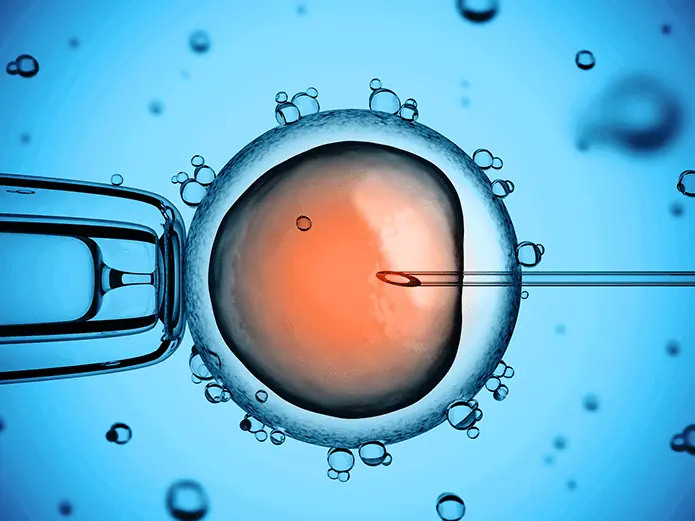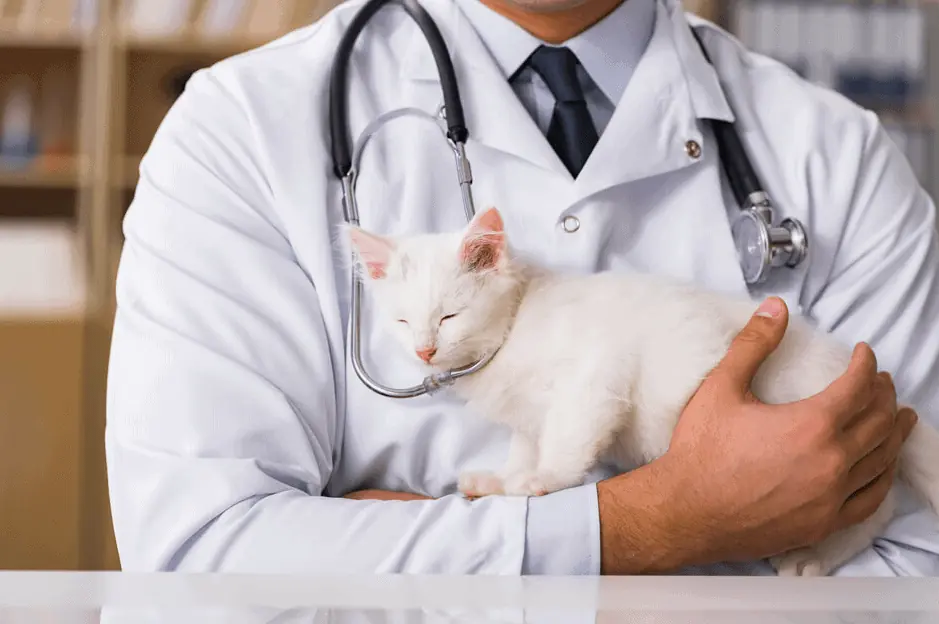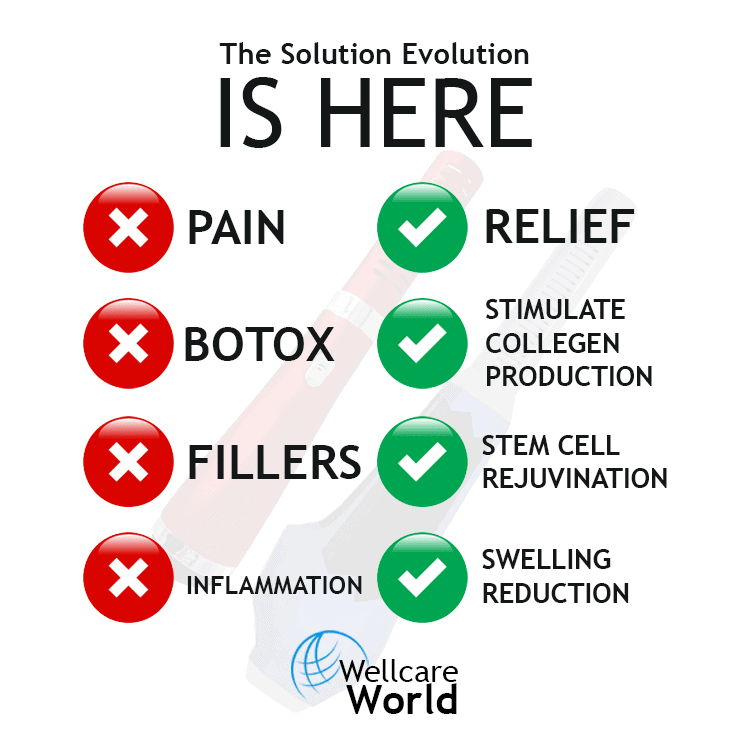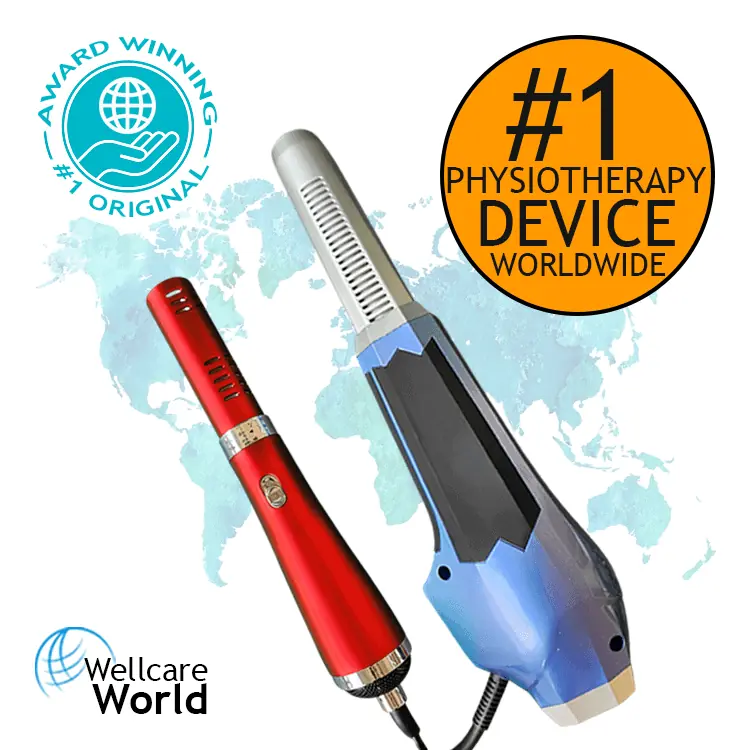
Terahertz & In Vetro Fertilization
Terahertz wave technology is a rapidly growing field of research with the potential to revolutionize many aspects of animal health and reproduction. One of these areas is in vitro fertilization (IVF). Scientists are currently exploring the use of terahertz waves in a variety of applications related to animal fertility, from monitoring and enhancing fertility to improving the efficiency of assisted reproductive techniques.
Terahertz Imaging in Animal Fertility
One of the most promising applications of terahertz technology in the field of animal fertility is imaging. Terahertz radiation has the unique ability to pass through biological tissues without causing any damage. This makes it possible to use terahertz waves for non-invasive imaging of reproductive organs and structures in animals.
Using terahertz technology, veterinarians could diagnose and monitor a variety of conditions that can impact fertility, including cysts, tumors, and inflammation. This could lead to earlier diagnosis and more effective treatment of these conditions, potentially improving fertility outcomes for animals.
Monitoring Hormone Levels with Terahertz Technology
Another potential application of terahertz technology in animal fertility is the monitoring of hormone levels. Terahertz waves have been shown to be capable of detecting changes in hormone levels, which could enable veterinarians to monitor estrus cycles and detect hormonal imbalances that could affect fertility.
This technology could also be used to monitor hormone levels during assisted reproductive techniques, such as artificial insemination or in vitro fertilization. By tracking changes in hormone levels, veterinarians could optimize the timing and dosage of medications used during these procedures, potentially improving their success rates.
Assisted Reproductive Procedures and Terahertz Technology
Terahertz technology could also improve the efficiency and effectiveness of assisted reproductive procedures in animals. One potential use of terahertz waves is in the controlled release of medications from nanoparticles. This technology could be used to deliver medications directly to the reproductive tract, improving their efficacy and reducing the risk of side effects.
Terahertz technology could also be used to optimize the conditions under which embryos are cultured during in vitro fertilization. By monitoring the temperature and humidity within the culture environment using terahertz waves, veterinarians could identify and address any issues that could impact embryo development and survival.
The Future of Terahertz Technology in Animal Fertility
While terahertz technology shows great promise in the field of animal fertility, research in this area is still in its early stages. However, as the technology continues to advance, it is likely that it will find even more applications in this field.
One area of particular interest is the use of terahertz technology in the analysis of sperm and eggs. By analyzing these cells using terahertz waves, veterinarians could identify any abnormalities or defects that could impact fertility. This could potentially lead to improvements in the quality of sperm and eggs used in assisted reproductive techniques, improving their success rates.
Overall, the potential impact of terahertz technology on animal fertility is significant. By providing new and innovative approaches to the diagnosis and treatment of conditions that impact reproduction, as well as optimizing assisted reproductive techniques, terahertz technology could improve fertility outcomes for animals and lead to better health and well-being for both animals and their owners.
Conclusion
Terahertz technology has the potential to revolutionize the field of animal fertility. From non-invasive imaging of reproductive structures to monitoring hormone levels and optimizing assisted reproductive techniques, this technology could significantly improve the outcomes of animal fertility treatments. While research on this topic is still in its early stages, the potential applications of terahertz technology are vast and promising.
Terahertz waves have the unique ability to pass through biological tissues without causing damage, making them an ideal tool for non-invasive imaging and monitoring of reproductive structures and hormone levels. This technology could also be used to optimize the conditions under which embryos are cultured during in vitro fertilization and improve the efficacy of medications used during assisted reproductive techniques.
As the technology continues to advance, it is likely that even more applications will be discovered. For example, terahertz technology could potentially be used to analyze sperm and eggs for abnormalities or defects that could impact fertility.
Overall, the potential impact of terahertz technology on animal fertility is significant. By providing new and innovative approaches to the diagnosis and treatment of conditions that impact reproduction, as well as optimizing assisted reproductive techniques, terahertz technology could improve fertility outcomes for animals and lead to better health and well-being for both animals and their owners.








